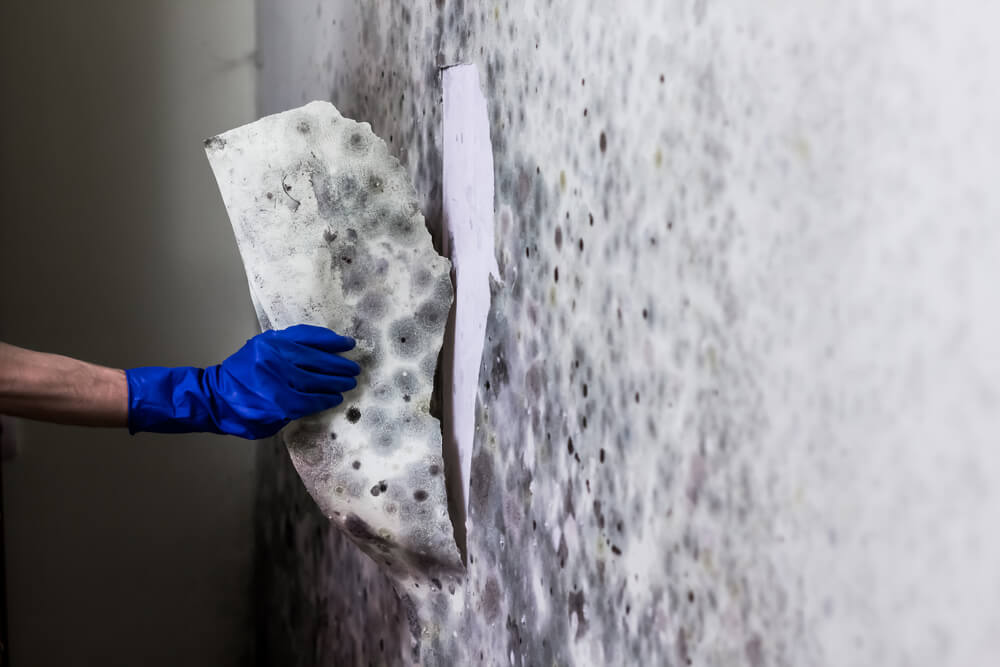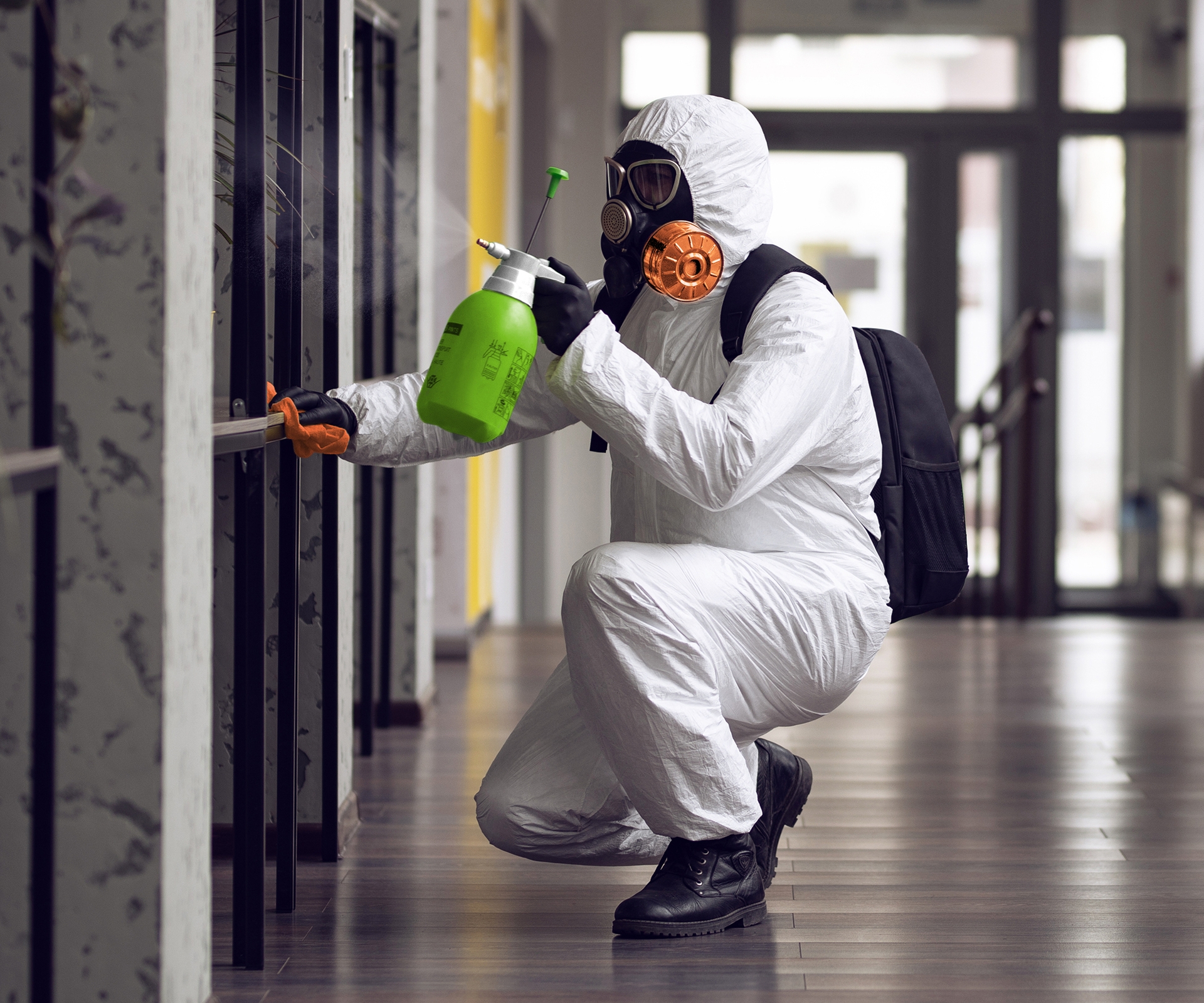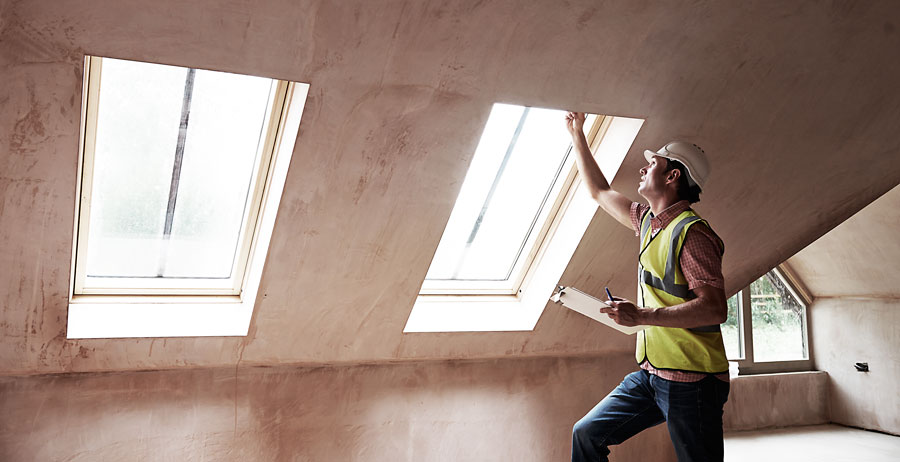Important Steps After Mold Remediation
Important Steps After Mold Remediation
Blog Article
Your Ultimate Guide to Post Mold And Mildew Removal Strategies
Browsing the realm of post-mold remediation strategies is a thorough procedure that requires interest to information and an extensive understanding of the complexities involved. In the after-effects of mold and mildew infestation, recognizing how to effectively eradicate the mold and mildew and avoid its reoccurrence is extremely important for keeping a healthy and balanced interior atmosphere. From choosing the ideal cleaning and decontaminating techniques to implementing techniques for long-term mold and mildew prevention, each action in the removal journey plays an essential duty in making certain a successful outcome. As we start this exploration of post-mold removal techniques, we will uncover the crucial strategies and finest methods that can help you restore your room to its pre-mold condition and guard it versus future mold and mildew risks.
Recognizing Post-Mold Remediation Refine
After finishing the mold and mildew remediation process, it is critical to recognize the post-mold remediation techniques that are necessary to make sure a reliable and detailed clean-up. As soon as the mold has actually been gotten rid of, the next action involves cleansing and sanitizing the impacted locations to prevent any kind of regrowth of mold.
Furthermore, performing a last assessment post-remediation is essential to ensure that all mold and mildew has actually been efficiently gotten rid of. If the inspection discloses any kind of sticking around mold and mildew, extra removal may be needed.
Reliable Cleansing and Decontaminating Approaches

Preventing Future Mold Development

Significance of Appropriate Air Flow
Appropriate air flow plays a crucial duty in avoiding wetness build-up, a vital aspect in mold development within interior environments. Reliable ventilation systems aid get rid of excess moisture from the air, reducing the opportunities of mold spores locating the wetness they require to spread and sprout. Without ample air flow, interior areas can come to be a breeding ground for mold, leading to possible health dangers and architectural damage.
By making sure correct air flow, air flow systems can also assist in drying out moist locations faster after water damage or flooding incidents, additionally deterring mold development. After mold remediation. Precede like shower rooms, attics, basements, and cooking areas where moisture levels have a tendency to be higher, setting up and maintaining efficient air flow systems is critical in stopping mold and mildew infestations

Surveillance and Maintenance Tips
Given the critical duty that appropriate ventilation plays in protecting against mold and mildew development, it is critical to develop reliable tracking and upkeep ideas to guarantee the ongoing capability of ventilation systems. Routine assessments of ventilation systems need to be conducted to look for any type of signs of blockages, leakages, or malfunctions that can hinder correct air flow. Surveillance moisture levels within the home is additionally vital, as high humidity can add to mold development. Installing a hygrometer can assist track moisture levels and sharp property owners to any kind of spikes that may need focus. Additionally, ensuring that air filters are consistently cleaned or changed is crucial for maintaining the effectiveness of the ventilation system. Carrying out a schedule for routine upkeep jobs, such as duct cleansing and heating and cooling system examinations, can help avoid problems before they intensify. By remaining proactive and mindful to the problem of find out here air flow systems, residential property proprietors can effectively reduce the threat of mold and mildew regrowth and maintain a healthy indoor environment.
Conclusion
Finally, post-mold remediation methods are important for guaranteeing a risk-free and clean environment. Recognizing the procedure, executing reliable cleansing and sanitizing methods, protecting against future mold growth, maintaining correct air flow, and routine monitoring are all crucial actions in the removal process. By adhering to these guidelines, you can efficiently get rid of mold and prevent its return, advertising a healthy and balanced living or working area for all occupants.
In the after-effects of mold infestation, understanding how to effectively get rid of the mold and stop its reoccurrence is vital for keeping a healthy and balanced interior environment. When the mold and mildew has been gotten rid of, the next action entails cleansing and disinfecting the influenced areas to avoid any kind of regrowth of mold and mildew - After mold remediation. After eliminating noticeable mold and mildew development, it is important to cleanse all surfaces in the afflicted location to remove any remaining mold and mildew spores. To further improve mold and mildew avoidance actions, it is important to resolve underlying issues that initially led to mold advancement.Provided the important role that appropriate air flow plays in preventing mold growth, it is necessary to establish reliable tracking and maintenance suggestions to ensure the ongoing capability of air flow systems
Report this page